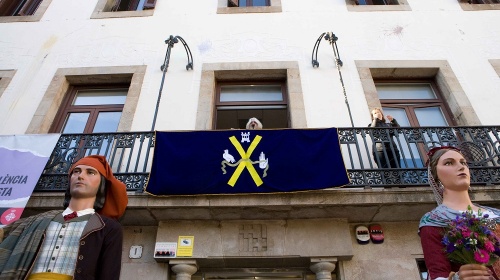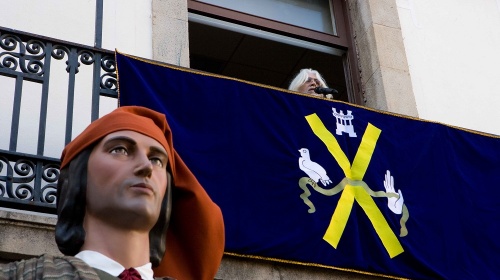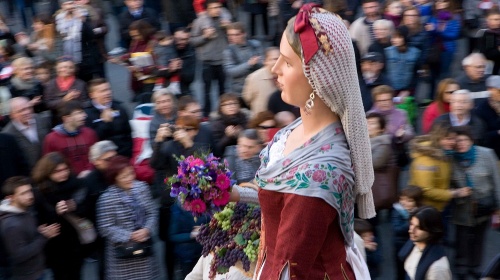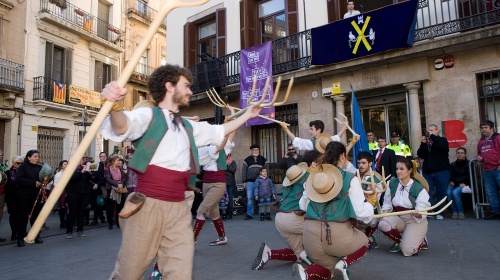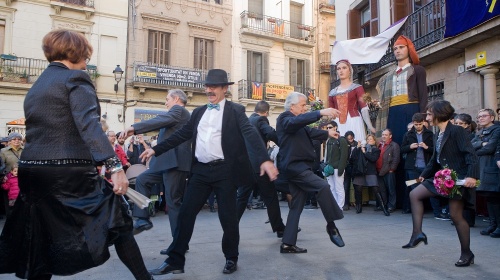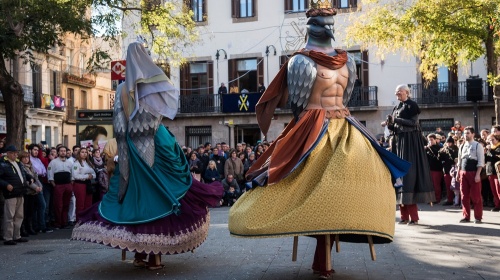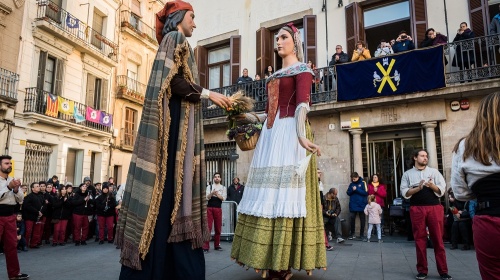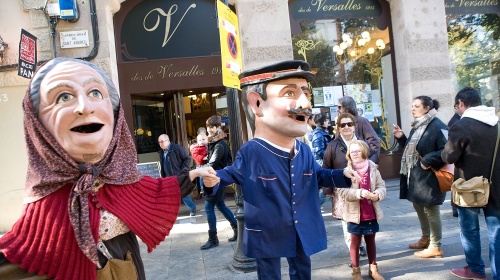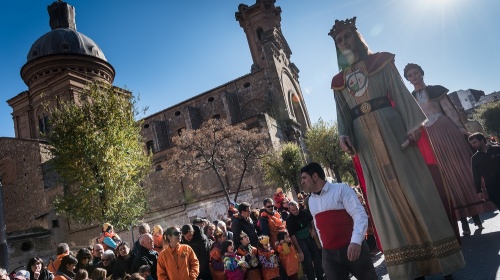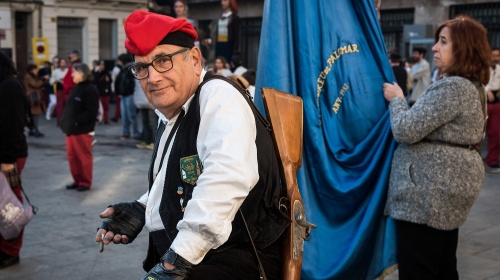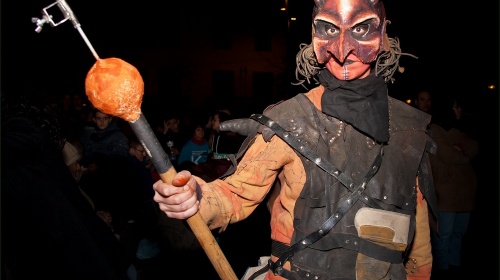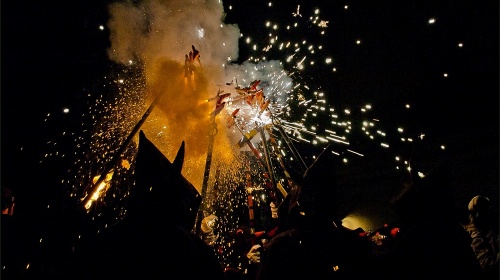Festa major de Sant Andreu de Palomar
Activity dates
Dates de celebració
End of November and beginning of December in the Sant Andreu de Palomar neighbourhood, Sant Andreu district
Feast Day: Sant Andreu, 30th November
Sant Andreu de Palomar is a historical centre in what is now the Sant Andreu district and it kept its municipality status up until 1897, when a Royal Decree made it part of the city of Barcelona. Because it was an ancient village Sant Andreu has its own particular identity, which it expresses by maintaining many traditions, especially in the festa major, the main festival.
Another of the neighbourhood's distinguishing features are its rich and varied associations. It has many hundred-year-old organisations, like the Centre Cultural els Catalanistes and the Casal Catòlic de Sant Andreu. The majority of the associations and organisations are actively involved in arranging the wide range of cultural, recreational and sporting events in the festa major.
Each year, the start of the festival is marked by the Esclat Andreuenc, a festive "explosion" showing off the neighbourhood's popular culture. The enormous gegants, the trabucaires with their blunderbusses, the demonic diables and the dancers of the Esbart Maragall all take part. This dance group also organises the Sant Andreu Dansa show, where all its sections show off their dances. The Sant Andreu devils' groups, which have always been numerous in this neighbourhood, get together to arrange the correfocs, the fire runs.
Reason
Sant Andreu is the patron saint of the parish which was first settled around the 11th century. Over the years the name was maintained, even though in the 19th century the predominantly rural village became a town of workers and craftspeople. The name Palomar comes from the huge number of dovecotes that there used to be in the village.




